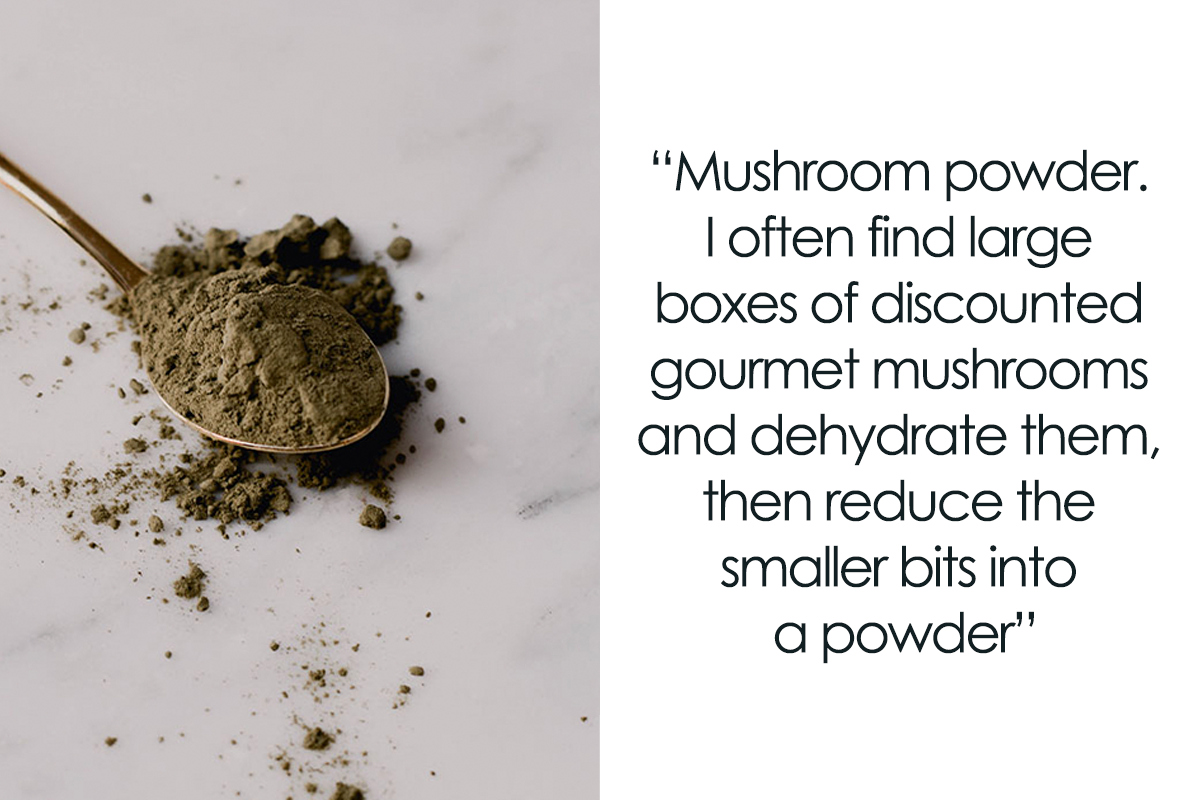Celery Seed vs Celery Salt: Unveiling Hidden Flavors
– Celery seed and celery salt are different spices commonly used in cooking
– Celery seed comes from the seeds of wild celery and provides health benefits such as lowering blood pressure
– Celery salt is a combination of celery seeds and table salt, adding a hint of salty and celery flavor to food
– Celery seeds can be added to salads but celery salt may make it too salty
– Celery salt can be used in foods like potato salads and coleslaw
– Whole and ground celery seed have different textures and tastes
– Ground celery seed is best for making sauces or smoothies
– Whole celery seeds retain their flavor for up to 6 months and can be ground using a spice grinder
– The taste of celery seed and celery salt is the same, but celery salt has the added saltiness
– Celery seed contains dietary fiber, antioxidants, vitamins (K, C, and A), and minerals (zinc, iron, and calcium)
– Celery salt contains these benefits in smaller amounts but also has sodium content
– Celery seed can be used in creamy salad dishes, tomato recipes, brine and pickle blends, meat marinades, and as a substitute for celery in various dishes
– Celery salt can be used with adjusted salt levels in recipes that call for celery seed
– Substituting celery seed for celery salt is possible, but not the other way around
– Celery seed has a similar taste and aroma to celery stalks and can be used as a substitute for them in recipes
– Celery salt also has a celery taste but with added saltiness
– Ground celery seed is more bitter than whole celery seed
– Celery seed can be used in a variety of dishes, including fried chicken, celery seed dressing, and homemade stuffing
